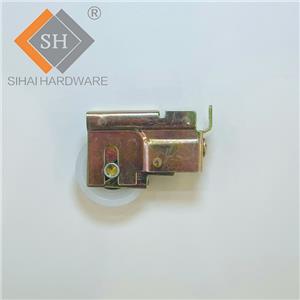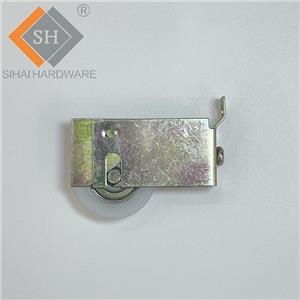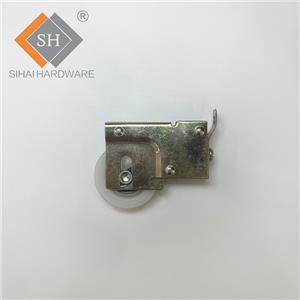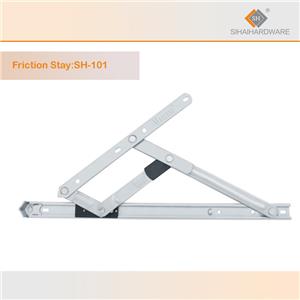ARTICLE NO.66|Exploring the Differences between 4-Bar Friction Stays, 2-Bar Restrictors, and Telescopic Support Bars
ARTICLE NO.66|Exploring the Differences between 4-Bar Friction Stays, 2-Bar Restrictors, and Telescopic Support Bars
The selection of the right window hardware can significantly impact the overall functionality, safety, and aesthetics of a building. When it comes to window hardware, construction professionals often encounter a range of options, each with its unique features and applications. In this article, we will delve into the differences between three key window hardware components: 4-bar window friction stays, 2-bar window restrictors, and window telescopic support bars.
1. 4-Bar Window Friction Stays:
4-bar window friction stays are designed to provide controlled, smooth, and reliable window operation. These hinges feature four interconnected bars that work together to support the window's weight and facilitate effortless opening and closing. The friction mechanism within the 4-bar system ensures that the window can be held in any desired position, providing users with enhanced control and safety. These friction stays are particularly well-suited for casement, awning, and tilt-and-turn windows, where precise control over the window's movement is crucial.
Window restrictors, on the other hand, serve a different purpose – they limit the opening of a window to a predetermined distance, enhancing safety and security. 2-bar window restrictors are a popular choice, as they strike a balance between functionality and aesthetics. These restrictors typically consist of two parallel bars that are mounted to the window frame and sash, allowing the window to open only to the desired extent. This feature is particularly important in areas where child safety or fall prevention is a concern, such as in residential or educational settings.
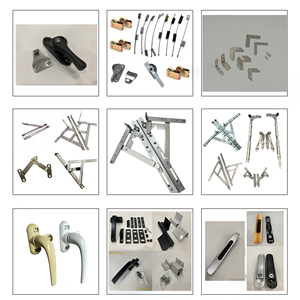
3. Window Telescopic Support Bars:
Telescopic support bars are a versatile window hardware solution that provides additional support and stability to the window system. These bars can be extended or retracted as needed, allowing for a customizable fit across a range of window sizes and configurations. Telescopic support bars are often used in combination with other window hardware, such as friction stays or restrictors, to enhance the overall performance and longevity of the window assembly. They are particularly useful in applications where the window size or weight requires additional structural support, such as in large commercial or industrial settings.
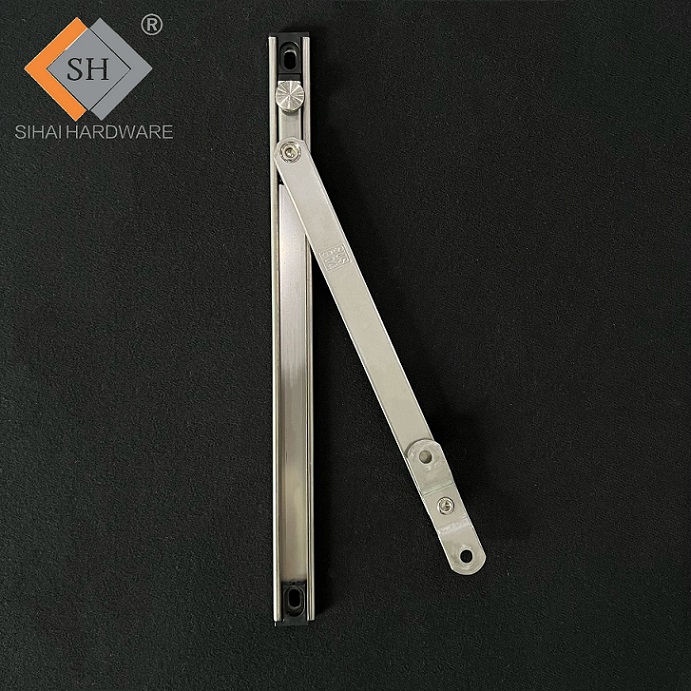
Choosing the Right Window Hardware:
When selecting the appropriate window hardware for a project, construction professionals should consider factors such as the window type, size, usage patterns, and the specific performance requirements of the building. By understanding the unique characteristics and applications of 4-bar friction stays, 2-bar window restrictors, and window telescopic support bars, professionals can make informed decisions that optimize window functionality, safety, and aesthetics.
The world of window hardware is diverse and nuanced, with each component serving a specific purpose and offering distinct advantages. By familiarizing themselves with the differences between 4-bar window friction stays, 2-bar window restrictors, and window telescopic support bars, construction professionals can ensure that their projects incorporate the most suitable and effective window hardware solutions, delivering exceptional performance and enhanced user experiences.

